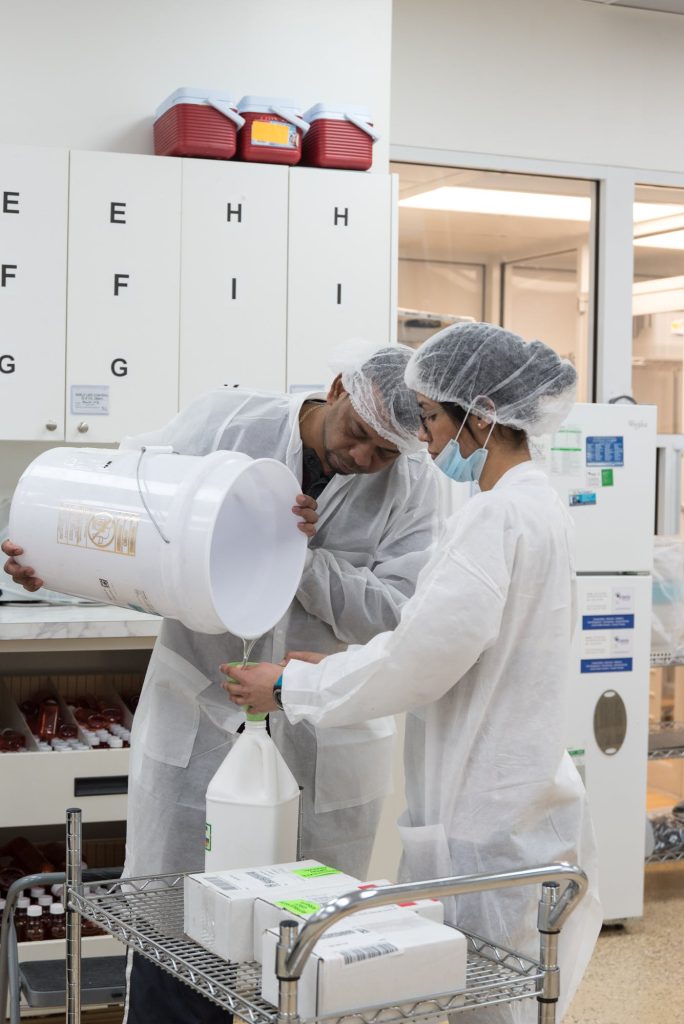Abstract:
The issue of substance use among students in educational institutions is a growing concern that demands attention from educators, parents, policymakers, and the community at large. This comprehensive essay explores the prevalence, types, and dangers associated with forbidden substances in schools. It delves into the factors contributing to substance use, the impact on students’ physical and mental health, academic performance, and overall well-being. Additionally, the essay examines preventive measures, intervention strategies, and the role of schools in addressing this critical issue.


Introduction:
The use of forbidden substances in schools is a pervasive problem with far-reaching consequences. This essay aims to provide a thorough examination of the issue by exploring the various types of forbidden substances, the reasons behind their use, and the dangers they pose to students in educational settings. It also investigates the impact on academic performance, mental health, and overall well-being. Through this exploration, we seek to better understand the complexities of substance use in schools and identify effective strategies to address and prevent this issue.

I. Prevalence and Types of Forbidden Substances:
- Common Forbidden Substances in Schools:
- Alcohol, tobacco, and illicit drugs.
- Emerging trends in substance use among students.
- Factors Contributing to Substance Use:
- Peer pressure and social influences.
- Family dynamics and environmental factors.
- Mental health issues as a precursor to substance use.
II. The Impact on Physical and Mental Health:
- Physical Consequences of Substance Use:
- Short-term and long-term health risks.
- Effects on brain development and cognitive function.
- Respiratory and cardiovascular implications.
- Mental Health Implications:
- Substance use disorders and addiction.
- Co-occurring mental health disorders.
- The interplay between substance use and academic stress.
III. Academic Performance and Cognitive Function:
- Effects on Cognitive Abilities:
- Impaired concentration and memory.
- Impact on problem-solving and critical thinking skills.
- The correlation between substance use and declining academic performance.
- Attendance and Engagement:
- Increased absenteeism and truancy.
- Lack of motivation and disengagement from school activities.
- Academic consequences and implications for future success.
IV. Social and Behavioral Ramifications:
- Relationships with Peers and Teachers:
- Altered social dynamics and peer relationships.
- Strained relationships with educators and school staff.
- The role of schools in fostering a supportive community.
- Behavioral Changes and School Climate:
- Aggression, delinquency, and disciplinary issues.
- The impact on the overall school climate.
- Strategies for creating a positive and inclusive school environment.
V. Prevention and Intervention Strategies:
- Educational Programs and Awareness Campaigns:
- The role of schools in educating students about the dangers of substance use.
- Implementing prevention programs and campaigns.
- Collaborative efforts with community organizations.
- Early Detection and Intervention:
- Identifying signs of substance use.
- Establishing support systems for at-risk students.
- Collaboration between schools, parents, and mental health professionals.
VI. School Policies and Regulations:
- Developing Comprehensive Substance Use Policies:
- Implementing clear and consistent policies regarding substance use.
- Consequences and disciplinary measures.
- Balancing discipline with support for rehabilitation.
- Creating a Supportive and Inclusive Environment:
- Fostering open communication and trust.
- Providing resources for students struggling with substance use.
- Encouraging a stigma-free approach to seeking help.
VII. Community and Parental Involvement:
- Collaboration with Parents and Families:
- The importance of parental involvement in preventing substance use.
- Communication between schools and parents.
- Community resources and partnerships.
- Engaging the Larger Community:
- Involving local law enforcement and community organizations.
- Establishing community programs and support networks.
- Addressing broader societal factors contributing to substance use.
VIII. Challenges and Ethical Considerations:
- Balancing Discipline and Compassion:
- The ethical considerations of punitive measures.
- Providing rehabilitation opportunities for students.
- Ensuring a fair and equitable approach to discipline.
- Confidentiality and Privacy Concerns:
- Navigating privacy laws and student confidentiality.
- Balancing the need for intervention with respecting individual rights.
- Establishing protocols for information sharing among educators and administrators.
IX. Case Studies and Best Practices:
- Successful Models of Substance Use Prevention:
- Examining schools with effective prevention and intervention programs.
- Identifying key factors contributing to success.
- Adapting successful strategies to different school environments.
- Lessons Learned from Challenging Cases:
- Analyzing cases where prevention efforts fell short.
- Identifying challenges and pitfalls in addressing substance use in schools.
- Strategies for adapting and improving interventions based on past experiences.
X. The Future of Substance Use Prevention in Schools:
- Incorporating Mental Health Education:
- The role of mental health education in preventing substance use.
- Integrating mental health into the curriculum.
- Building resilience and coping skills among students.
- Technological Solutions and Monitoring:
- The potential role of technology in early detection.
- Monitoring student behavior and engagement online.
- Ethical considerations in implementing technological solutions.
Conclusion:
Substance use in schools is a multifaceted issue that requires a comprehensive and collaborative approach. By understanding the prevalence, types, and impact of forbidden substances, schools can implement effective prevention and intervention strategies. The role of educators, parents, policymakers, and the community at large is crucial in creating a supportive and inclusive environment that fosters the well-being and success of students. Through the exploration of case studies, best practices, and future considerations, this essay aims to contribute to the ongoing dialogue on addressing substance use in educational settings. Ultimately, by working together, we can create safer and healthier learning environments for all students.
